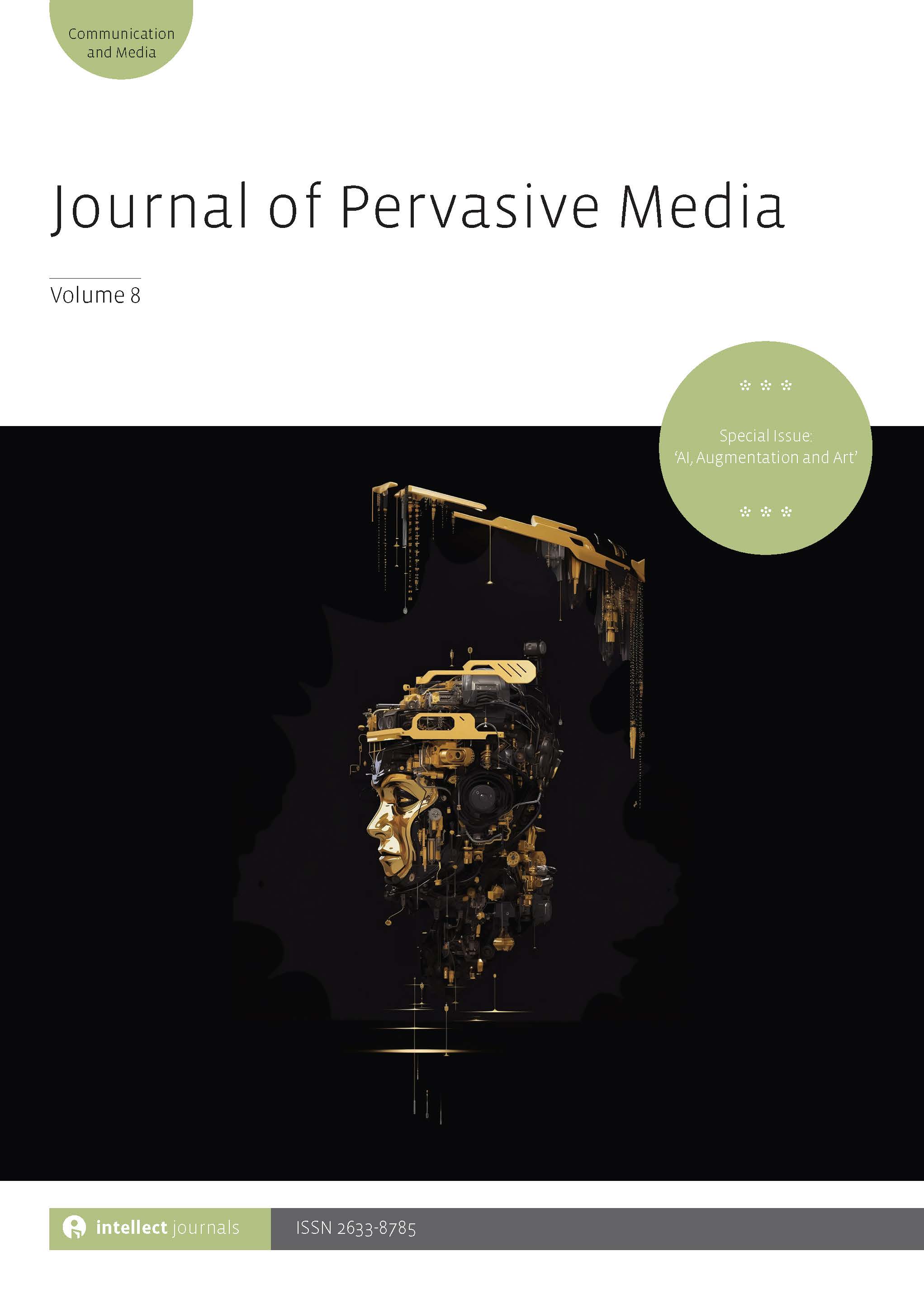
Full text loading...
 , Daniel Fastnedge1
, Daniel Fastnedge1 , Angelique Nairn1
, Angelique Nairn1
Computational creativity is a growing component of new artificial intelligence (AI) technologies that allow a machine to render creative constructs such as music, text and images. A rapidly growing area of computational creativity is AI text-to-image engines capable of producing realistic imagery that can now meet the standard of human quality outputs. DALL-E 2, built by OpenAI, is a leader in the field and offers commercial access to AI-produced images. To understand the impact of engines such as DALL-E 2 on advertising agencies and their creative workflows, we conducted a series of focus groups with Aotearoa, New Zealand-based advertising agencies exploring creative practitioners’ considerations on the capability of the DALL-E 2 text-to-image technology. An existing Volkswagen advertising campaign called ‘Small but Ferocious’ that used ‘blended’ animals as a visual metaphor for their economical yet powerful ‘TSI’ engines was expanded in a ‘faux’ continuation of the campaign. Four new images produced by DALL-E 2 were presented to creatives attending the focus groups. Participants were then asked about these new creative-AI assets concerning image quality, creative production and collaborative models. A thematic analysis of the comments from the focus groups was conducted and elicited three themes: aesthetics, creative practice and human vs. machine. Participants’ responses revealed that they were both excited and concerned about DALL-E 2’s capability in image production, its effect on creative workflows and the role of the human vs. machine in generating creative outputs. The result was a clear sense of inevitability for how creative roles will change as computational creativity systems, such as DALL-E 2, advance and are adopted into agency workflows.

Article metrics loading...

Full text loading...
References


Data & Media loading...

Publication Date:
https://doi.org/10.1386/jpm_00003_1 Published content will be available immediately after check-out or when it is released in case of a pre-order. Please make sure to be logged in to see all available purchase options.